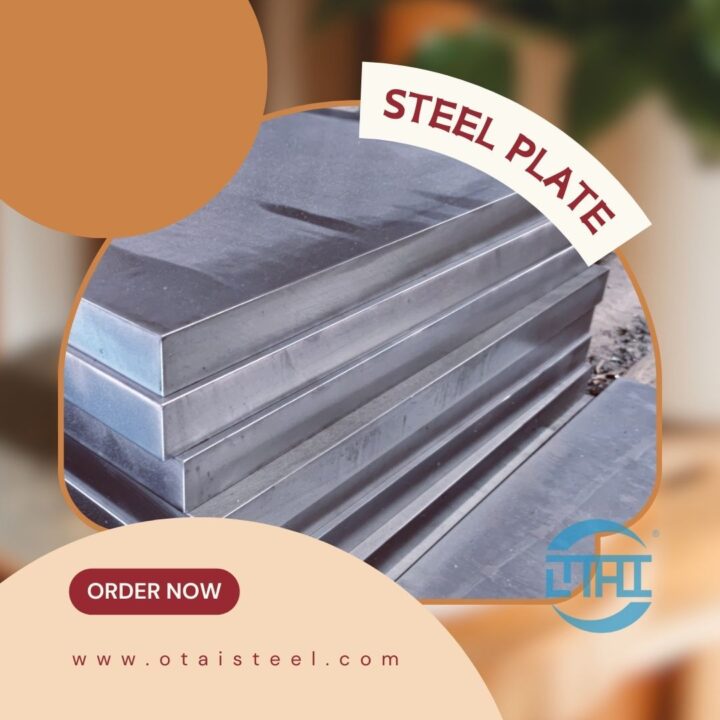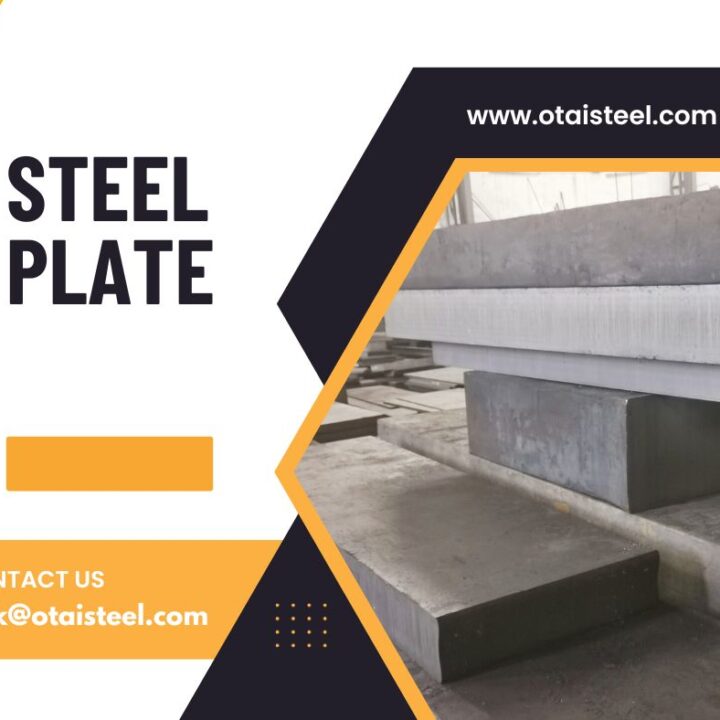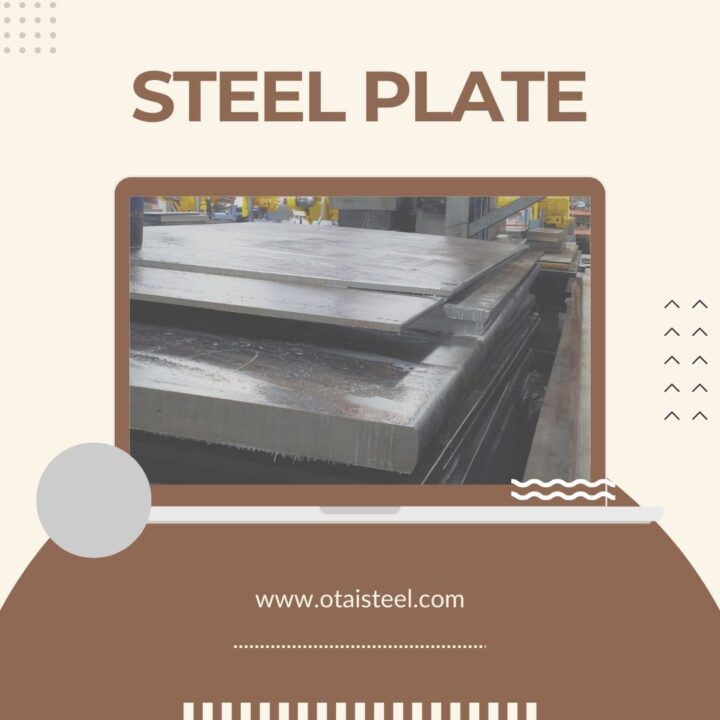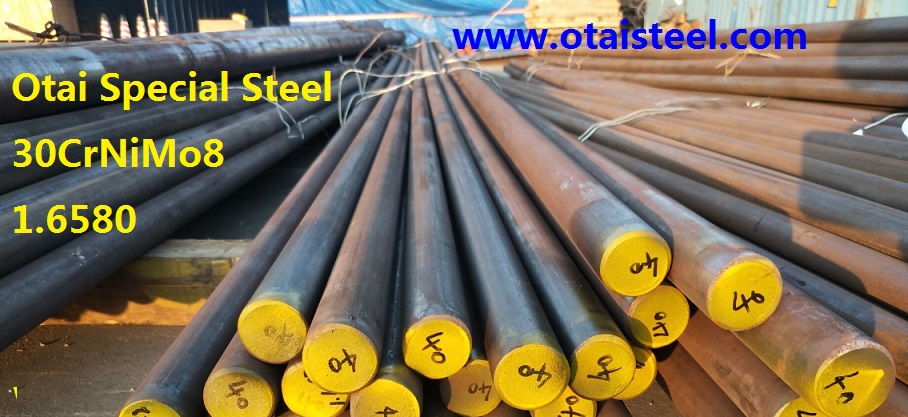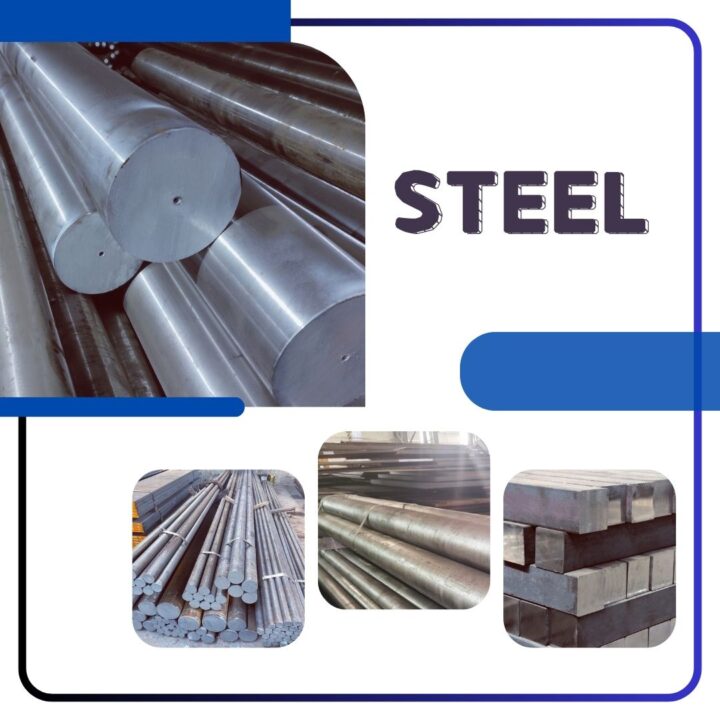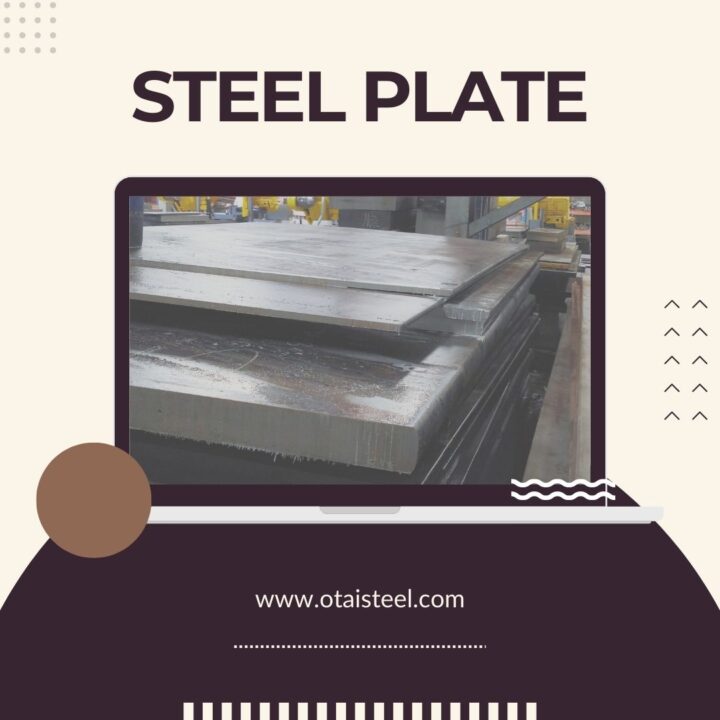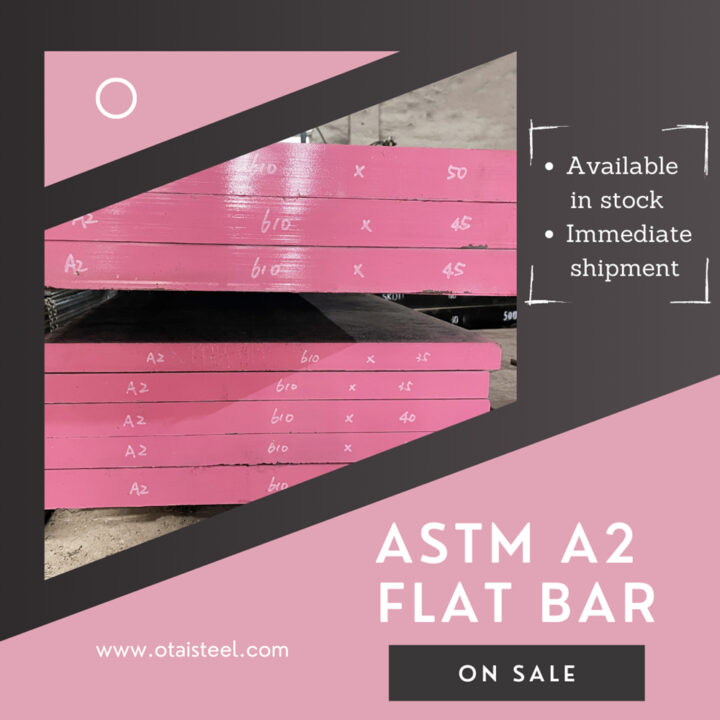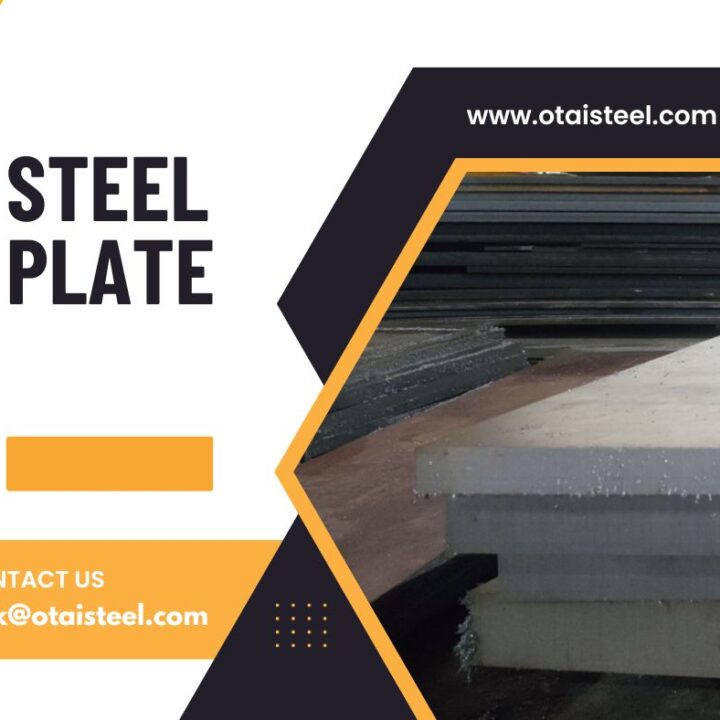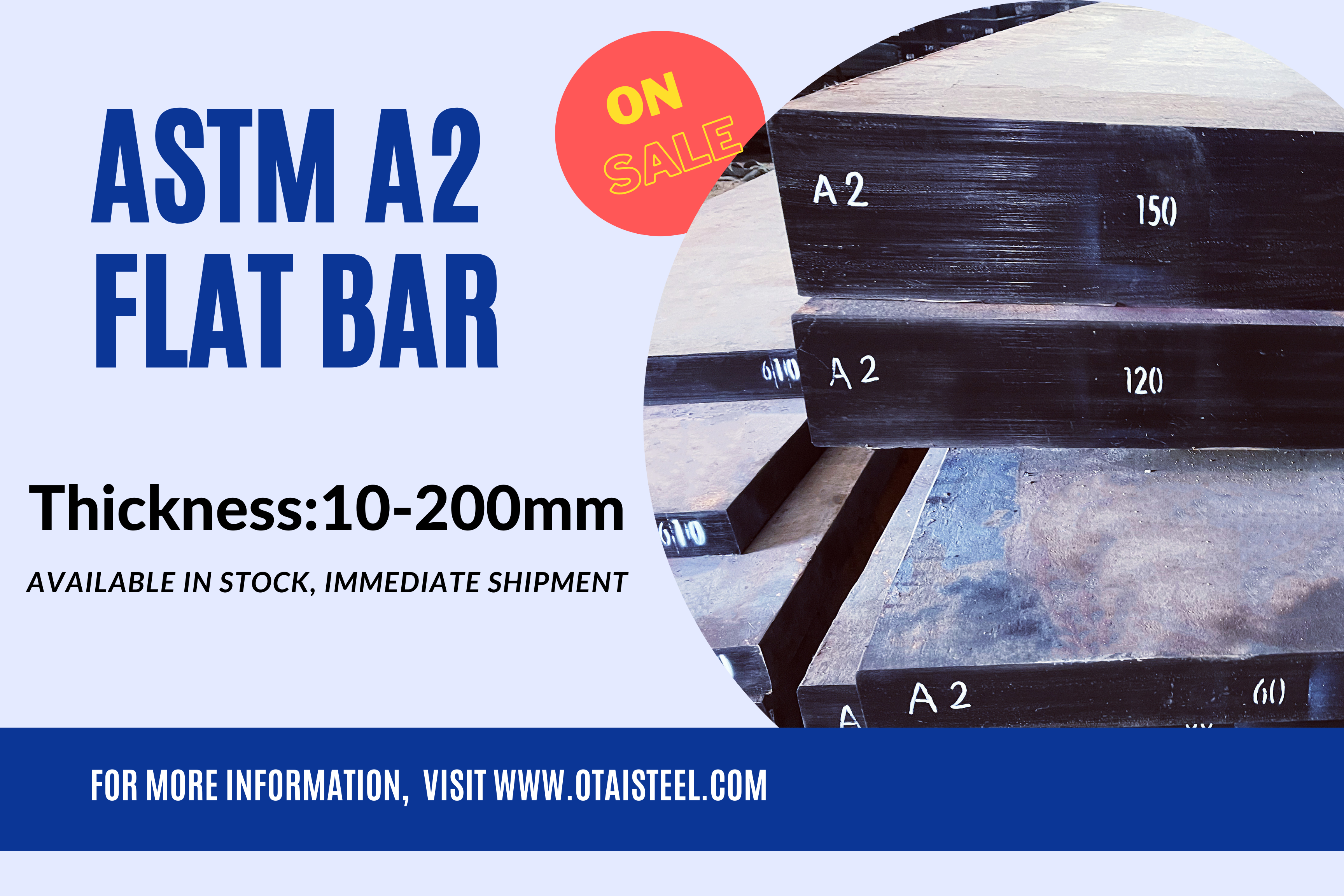 a2 steel rockwell hardness-consistent hardness is important
a2 steel rockwell hardness-consistent hardness is important
Before we dive into A2 steel, let’s first understand the basics of Rockwell hardness. This scale measures the hardness of a material based on its resistance to penetration. The higher the Rockwell hardness number, the harder the material is. It is an important indicator of a steel’s suitability for specific tasks, from machining to tool making.
A2 Steel Composition: Prelude to Hardness
To understand the Rockwell hardness of A2 steel, you must first understand its composition. A2 is an air-hardening tool steel containing carbon, chromium, molybdenum and vanadium. This alloy mixture gives A2 steel exceptional hardness, toughness, and wear resistance—qualities highly prized in tools and blades.
Rockwell C Scale: A2 Steel Domain
The Rockwell hardness of A2 steel is usually in the range of 58-62HRC, which belongs to the category of high-hardness steel. This range ensures that A2 steel strikes a balance between being hard enough to hold an edge and tough enough to resist chipping.
A2 steel heat treatment: forging hardness
The process of obtaining optimal Rockwell hardness from A2 begins with its heat treatment. During the austenitizing stage, the steel is heated to high temperatures, forming austenite – a key step in achieving the desired hardness. The subsequent quenching process locks in this hardness, making A2 steel a strong material for tool and cutter applications.
Tempering: The Art of Tenacity
While high hardness is ideal, steel that is too hard can become brittle. This is where tempering plays a key role. A2 steel is tempered after quenching to balance its hardness and toughness. This process gives the steel elasticity, ensuring it can withstand impact and lateral forces without brittleness.
Practical Application: Combination of Hardness and Practicality
The Rockwell hardness of A2 steel makes it a versatile choice for many applications. In the world of knives, the hardness of 58-62 HRC ensures a sharp and long-lasting edge, making A2 knives popular among chefs and outdoor enthusiasts. In tool making, this hardness range helps increase the durability and service life of A2 steel tools, making them a reliable partner in a variety of industries.
High Hardness Challenges: Sharpening Considerations
While the high Rockwell hardness of A2 is good for edge retention, it creates challenges during the sharpening process. Harder steel requires an abrasive with sufficient grit to reshape and refine the edge. Grinding A2 requires patience and the use of the proper grinding tools to maintain its cutting ability.
Testing A2 Steel Hardness: Quality Assurance
Ensuring the accuracy of the Rockwell hardness of A2 steel is critical. Hardness testing is usually performed using specialized equipment to ensure the steel meets specified limits. This quality assurance step is critical for manufacturers and craftsmen who rely on the consistent performance of A2 steel.
